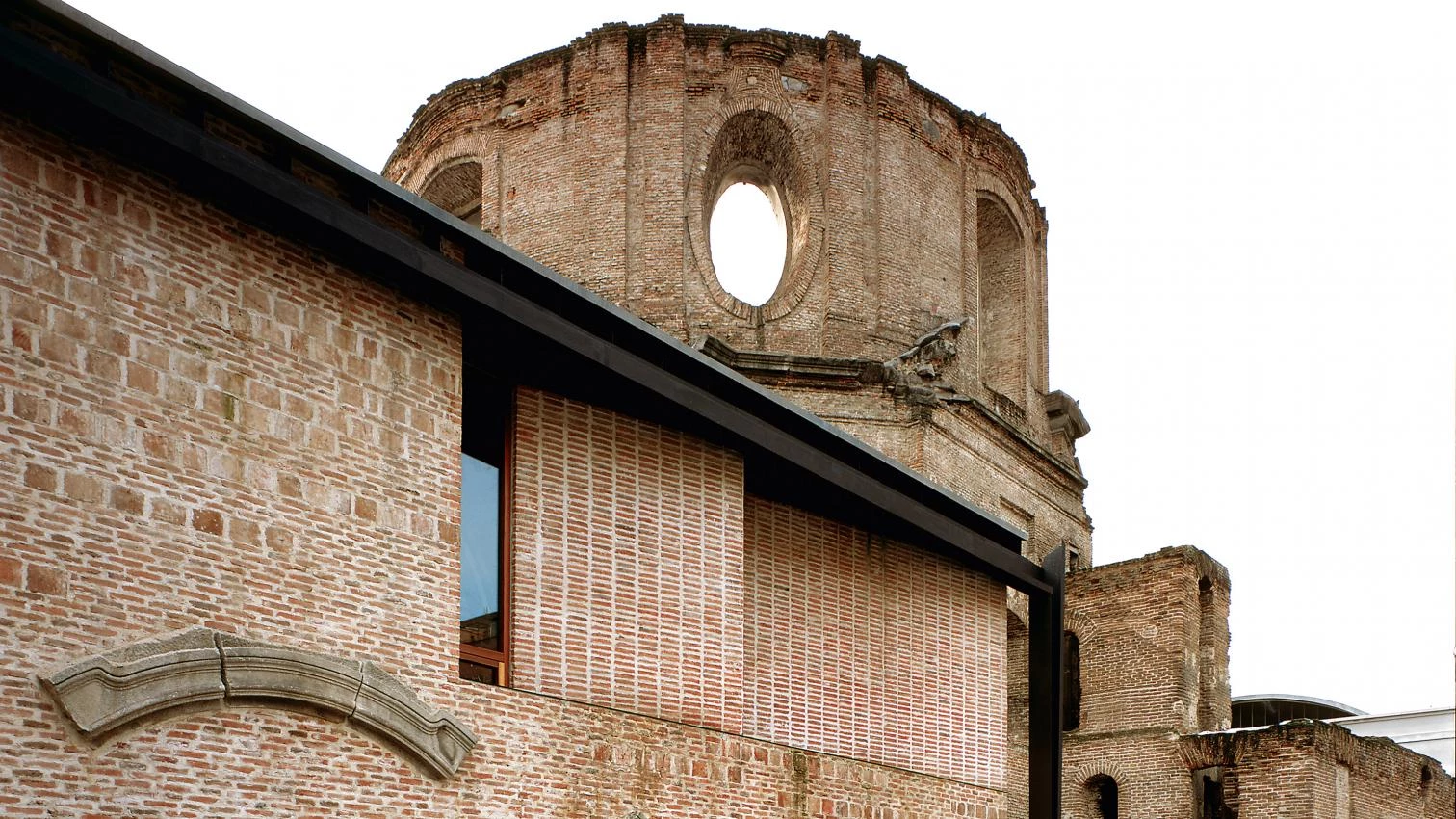Heritage Mutations

Like palimpsests, buildings that outlive their inhabitants or users preserve the traces of different presences. The possible examples are legion but I would mention ancient temples successively occupied by people of new creeds and cultures, or cities once dominant taken over by invaders, always at the cost of numerous changes and adaptations.
Such extreme processes, which are habitual and often tragic in their human repercussions, have left us dramatic testimonies in the field of artistic expression, such as the Greek temple of Syracuse turned into a Catholic cathedral or the Great Mosque of Córdoba containing a Renaissance construction within it. Not a few mutilations are involved – if we look at the matter from a purist posture – but they are after all what give new meaning to the original elements. So, from the angle of its cultural legacy, and for reasons that are not always strictly of an economic nature, architecture has always had the means with which to adapt constructions, whatever their nature, to new functional and symbolic contents.
However, although thanks to them important monuments have been preserved, purist criteria introduced from the 19th century on with scientificist and rationalist pretensions have, by insisting on regaining lost time and selectively eliminating the footprints of more recent history, often deprived us of the life testimony of the building itself.
But it is also true that the naturalness with which these kinds of now-longed-for transformations took place before the time of modernity is no longer possible, our modern condition being based on an absence of shared principles that can only be palliated by personal knowledge and awareness of the temporary. This leads us to positions full of nuances where there is no more room left for a priori formulations, and that often place themselves equidistantly from reasons of the past and those of 19th-century rationalism.
So however we can oppose absurd building codes and a rising conservatism that tries to make room for popular demands, we cannot be justifying every single intervention operation on the mere grounds of ‘contrast’ or the architect’s ‘leaving a mark’.
Although an intervention on an existing construction may not be radically different from other projects, it does in fact require a double reflection: a general exploration of the nature of modern architecture vis-à-vis the past; and a specific analysis of the actual building being intervened on. And in both cases from a contemporary outlook that, while never merely subjective, does not claim an objectivity based on science or standards.
In the end, an intervention on heritage is a project like any other, but executed on a legacy that should not be wasted, but enhanced.





